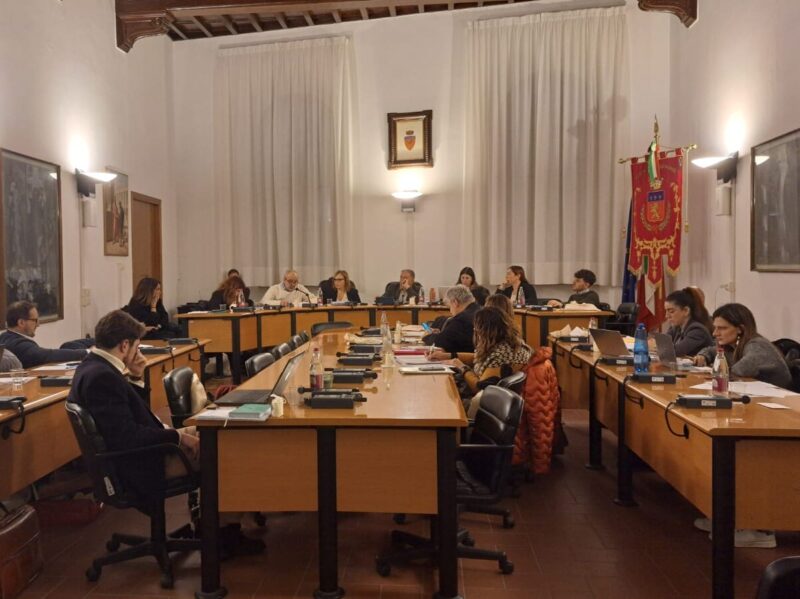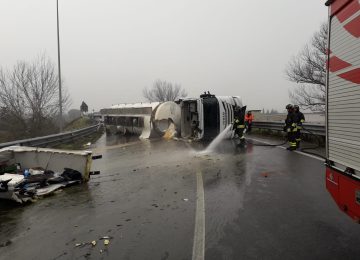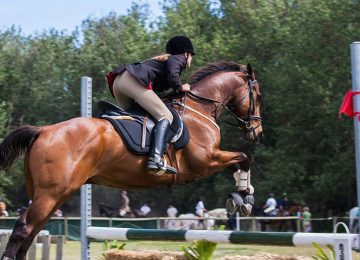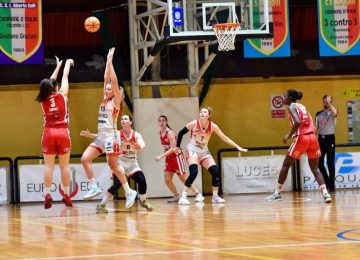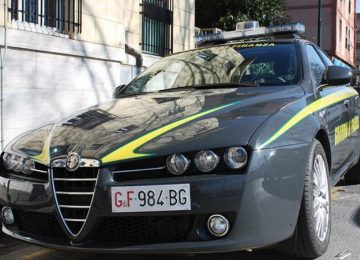Ecological and technological transition, inclusion and social cohesion, urban regeneration. These are some of the key pillars of the Piano Strutturale adopted by the City Council during the session yesterday, February 3.
“We close a long process, initiated in the previous council and driven by the need to adapt the Structural Plan to the changed regional legislation, a strategic planning tool that oversees the Operational Plan and represents the regulatory framework for future development – explained the mayor Susanna Cenni – A process that has gathered over time contributions of ideas and strategies, which now opens to the final phase, leading us towards approval.”
The adopted Piano Strutturale reaffirmed and updated the objectives for balancing land consumption, regeneration, enhancement, and requalification of public spaces, as well as the protection and valorization of rural territory and the development of the productive system. The initiation of the procedure (2019) defined the guidelines, general objectives, and strategies. Thanks to public consultation and participation, over twenty contributions were collected, some following the meeting held last December specifically to share the current state of a long-initiated process.
The Plan is characterized by several priority axes:
- ecological transition as a perspective for rebalancing the relationship between urban settlements, productive activities, environmental resources, and ecological structures, also through the reduction of non-renewable resources;
- technological transition, promoting an economy based on knowledge and innovation that supports the attractiveness and competitiveness of businesses;
- inclusion and social cohesion through the enhancement of public space as a living place for the community, an area of relationships and care, the backbone of community services, as well as the promotion of
- a high-employment economy that invests in people, modernizes markets, services, and social protection systems;
- urban regeneration through the qualification of living spaces and the city, overcoming situations of degradation, without further expansions of the urban structure at the expense of agricultural land and landscape.
The objectives are: urban quality and public city, attention to housing, commerce, tourism, the productive dimension, infrastructures and mobility, historical centers and cultural heritage, ecological network, and landscape.
“Objectives and strategies to translate our mandate program – says the mayor Susanna Cenni – This is a Plan that focuses on the requalification of the gateways to the city, starting from the station. It pays attention to the productive dimension with the requalification of districts and their connections, with a comprehensive vision alongside neighboring municipalities. There is a strong focus on housing, with the expansion of housing types, increased potential for tourism functions, including the regeneration of the former Piaggiole brickworks within the urban perimeter.”
“Thanks to the offices for the work done and to the professionals involved. Thank you to everyone for the contributions received – said the mayor – In recent weeks, notes and suggestions have also come from trade associations and professional orders. An important part of this work has already been embraced at this stage, but now the journey continues.”
After the adoption in the Council and the publication of the relevant notice in BURT, a period of 60 days for the submission of observations opens. The documentation for the Plan is available on the Municipality’s website and is filed at the Municipal Offices. At the end of this phase, there will be counter-responses in Council and a request to the Tuscany Region for a landscape conference, followed by a return to the City Council for final approval. The plan will become effective once the landscape conformity is completed, 30 days after publication in BURT.
The adoption of the Structural Plan was approved by the Democratic Party, the Futura list, and the Uniti per Poggibonsi list. Fratelli d’Italia, Forza Italia, Poggibonsi Merita, and Vivi Poggibonsi voted against it. Rifondazione Comunista abstained.
Source: Press Office

